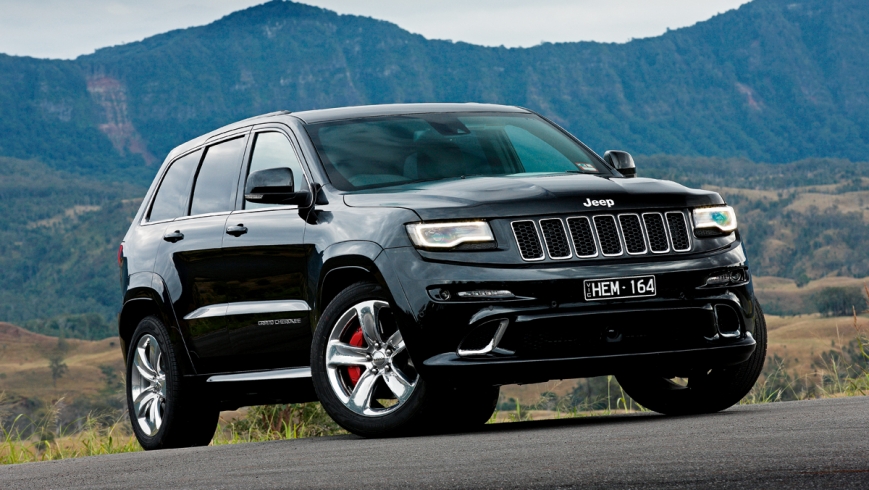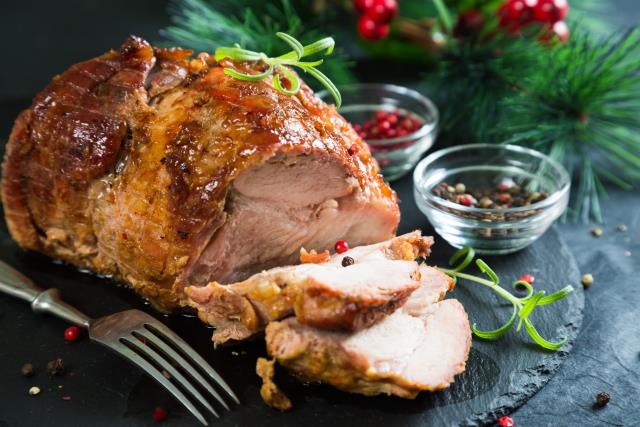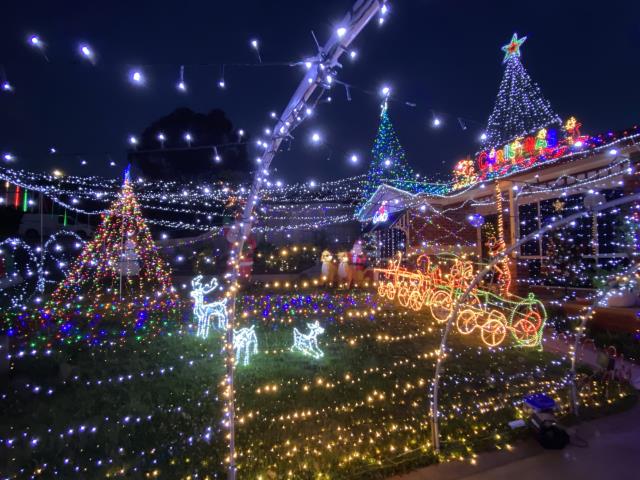“I bought a Jeep” has become one of the most recognisable automotive catchphrases of modern times, thanks to some canny advertising by Australian Jeep importer Fiat Chrysler Group.
And boy, haven’t Australians taken it to heart. At last count, Jeep was one of the fastest-growing car brands in the country, with its top-selling Grand Cherokee establishing itself as a leading large four-wheel drive and rivalling traditional top dogs Ford Territory and Toyota Prado.
The origins of the current Grand Cherokee can be traced to an era when Jeep and its Chrysler parent were tucked up in bed with Germany’s Daimler – maker of Mercedes-Benz cars. That relationship ended, and now the American hussy has a new corporate sweetheart, Italy’s Fiat.
But the offspring of the Daimler dalliance lives on in the form of the Grand Cherokee, which shares major components with Mercedes-Benz’s ML-Class luxury SUV.
This cross pollination has some distinct benefits, as the Grand Cherokee inherits Mercedes’ engineering excellence and keeps rugged Jeep DNA.
Unlike some other tougher Jeeps with their sturdy steel girder underpinnings, the Grand Cherokee is built on a platform of pressed steel panels that – theoretically – save weight for a more car-like driving experience.
We are not sure about the weight bit, as the big Grand Cherokee still weighs well north of two tonnes and, by the time it is loaded up with a full fuel tank, a few passengers and their belongings, we are talking closer to three tonnes.
Mass is the enemy of fuel consumption, and the Grand Cherokee thus is not the most efficient beast in the garage.
Our test car was the flagship sports model, the Grand Cherokee SRT, with its hefty 6.4-litre V8 engine that consumed about 14 litres of high-octane petrol per 100 kilometres during our week in the vehicle, which included a long drive to Mildura.
Mercifully, the engine features cylinder deactivation, switching seamlessly to four-cylinder running in highway cruising to save juice. The problem with the SRT version is that it is so tempting to press the accelerator a little bit harder now and again to hear that monster Hemi V8 rumble and feel the sports car-like surge.
If fuel consumption is a concern, then Jeep offers three more frugal powertrains, including a 3.0-litre V6 diesel that slurps fuel at about half the rate of the hairy-chested V8.
Jeep also offers a range of 4×4 systems and suspension set-ups to suit the owner’s off-road intentions (as well as two-wheel drive for those who have none). Some Jeeps – including some Grand Cherokees – have the full trail-rated, rock-hopping ability with low-range transfer case and the whole business.
The Grand Cherokee SRT, on the other hand, is more bitumen focused, with “on-demand” 4×4 traction for snow, mud, dirt tracks and the like. A simple knob on the console allows drivers to instantly set the car up for snow, mud, road driving etcetera. It even has a racetrack mode for the risk takers, and a tow mode for when it all goes pear-shaped.
The performance credentials of the Grand Cherokee SRT are underscored by the red-painted Brembo brake callipers behind the big alloy wheels – evidence that Jeep is not only serious about making this big vehicle swift, but also safe.
The SRT is loaded with a range of up-to-date safety gadgets, including adaptive cruise control, emergency collision warning and blind-spot warning. A rear-view camera and parking sensors are also standard.
We were surprised by the agility of the Grand Cherokee SRT, tracking through road bends with hardly a hint of the body roll that many SUV drivers lament.
Unlike other Grand Cherokees with their light electric-assisted steering systems, the SRT sticks with traditional hydraulic assistance for more “feel”, but it is somewhat heavy at parking speeds.
A big improvement in the latest Grand Cherokee is its eight-speed automatic transmission. This German ZF unit slices through the gears like a knife through butter and, with its sophisticated electronic control, adds another dimension to the multi-mode traction system.
In eighth gear, the V8 engine just purrs down the highway. Mind you, at idle it is not so smooth, its lack of Euro-style engine refinement noticeable in the cabin.
Inside, leather and shiny metal abound, with a zillion buttons for the numerous controls.
The perforated leather seats are not only heated, but also ventilated, blowing cooling or warming air where the sun doesn’t shine. These electric-adjusted seats are also wonderfully comfortable for long trips, blowing or not.
A fancy touch screen offers a raft of features, such as the latest connectivity, although we had trouble just getting our phone to connect (but maybe that was just us).
In all, the Grand Cherokee SRT is a big, rolling, driving experience – sort of HSV Senator meets Nissan Patrol. At $77,000 (plus on-road costs), it is a lot of car for the money, but be prepared to wince at the petrol station.
Jeep Grand Cherokee SRT
What is it? Large sports SUV
What’s in it? 6.4-litre V8. Power: 344kW. 0-100km/h: 4.9 sec.
Is it thirsty? 14.1 litres per 100km – three stars
Grand Cherokee SRT: $77,000
Driveaway: $81,888
Thumbs up: Sumptuous performance and equally sumptuous cabin, slick auto transmission, surprising agility, equipment levels.
Thumbs down: 6.4-litre V8 thirst, heavy steering, phone connectivity degree of difficulty.
* These are manufacturer’s list prices.







